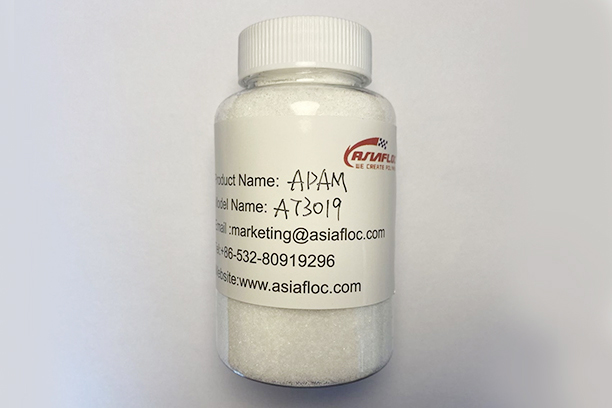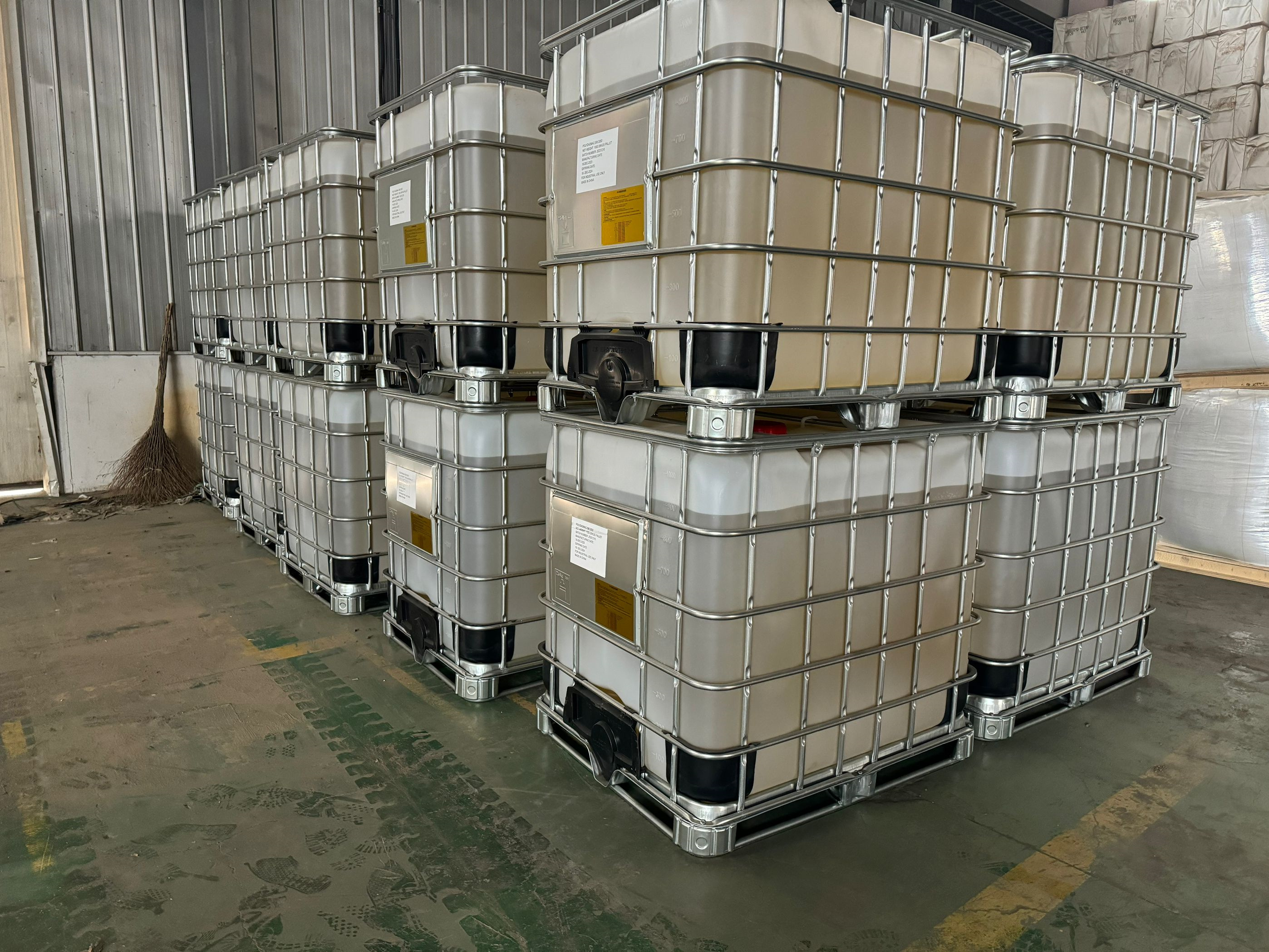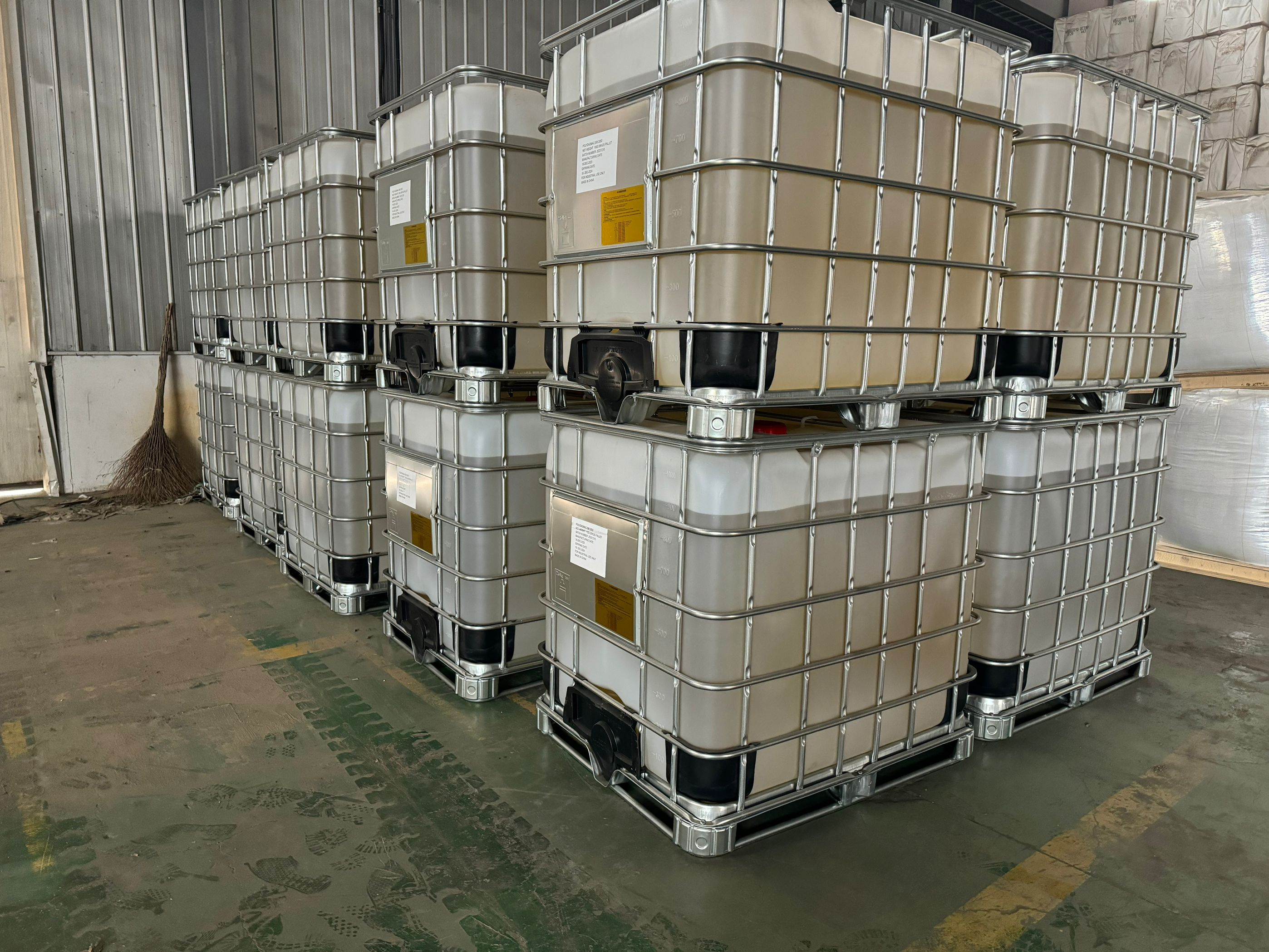Magnafloc 611 is a high molecular weight anionic polyacrylamide that can be used in a variety of mineral processing and water treatment applications. The ASIAFLOC A3016 can be completely replaced and has good application effect.
The anionic polyacrylamide (Magnafloc 611) can be replaced by ASIAFLOC A3016
Color
- white powder
Application
- water treatment
Certificate
- iso9001
Place of Origin
- china
Other Names
- flocculant
CAS No
- 9003-05-8
Brand Name
- chinafloc
The anionic polyacrylamide (Magnafloc 611) can be replaced by ASIAFLOC A3016
Magnafloc 611 is a high molecular weight anionic polyacrylamide that can be used in a variety of mineral processing and water treatment applications. The ASIAFLOC A3016 can be completely replaced and has good application effect.
Anionic polyacrylamide (APAM) is a water-soluble linear polymer. Because anionic polyacrylamide molecular chain contains a certain number of polar groups, it can adsorb suspended solid particles in water, bridging between particles or by charge neutralization particles condense to form large flocs.
The settlement of anionic polyacrylamide can accelerate particles in suspension, there is a very significant to speed up the solution to clarify, promote the filtering effect, such as it is mainly used for all kinds of industrial waste water flocculation sedimentation, precipitation clarification treatment, such as papermaking wastewater treatment with pulp wastewater, ore dressing wastewater treatment and metal smelting process, steel and stone processing plant waste water treatment, etc.
Product introduction
Anionic polyacrylamide can accelerate the sedimentation of particles in suspension, accelerate solution clarification and promote filtration. Anionic polyacrylamide is mainly used in various industrial wastewater flocculation sedimentation, precipitation clarification treatment. Such as papermaking and pulp waste water treatment, mineral processing and metal smelting process waste water treatment, iron and steel plant and stone processing plant waste water treatment.
[Scope of application] :
1, anionic polyacrylamide used in textile, printing and dyeing industry can be used as fabric processing sizing agent, finishing agent, and can generate a soft, wrinkle resistant, anti-mold protective layer, using its strong hygroscopic characteristics, can reduce the spinning of broken tensioning rate. Polyacrylamide as post-treatment agent can prevent static electricity and flame retardant fabric. Used as printing and dyeing auxiliaries, polyacrylamide can make the product adhesion fastness, high brightness, but also as a bleaching non - silicon polymer stabilizer.
2, anionic polyacrylamide used as flocculant: for suspended particles, coarse, high concentration, particles with positive charge, water PH value is neutral or alkaline sewage, due to anionic polyacrylamide molecular chain contains a certain amount of very basic can absorb suspended solid particles in water, so that the formation of large flocculant bridging between particles. Therefore, it accelerates the sedimentation of particles in suspension, accelerates the clarification of solution and promotes filtration. The product is widely used in chemical industry waste water, waste liquid treatment, municipal sewage treatment. Tap water industry, high turbidity water purification, sedimentation, coal washing, mineral processing, metallurgy, iron and steel industry, zinc, aluminum processing industry, electronic industry and other water treatment.
3, anionic polyacrylamide used in the petroleum industry, oil recovery, drilling mud, waste mud treatment, prevent water channel, reduce friction, enhance oil recovery, three oil recovery has been widely used.
4, anionic polyacrylamide used in paper industry, one is to improve the retention rate of filler, pigment, etc. To reduce the loss of raw materials and environmental pollution; Two is to improve the strength of the paper (including dry strength and wet strength), in addition, the use of PAM can also improve the tear resistance and porosity of the paper, to improve the visual and printing performance, but also used in food and tea wrapping paper.
5, anionic polyacrylamide in other industries, such as the food industry, used in sugar cane, sugar beet sugar production cane juice clarification and syrup phosphorus float extraction. Enzyme preparation fermented liquid flocculation clarifying industry, also used in feed protein recovery, stable quality, good performance, recovery of protein powder to chickens and raising the survival rate of weight gain, no adverse effects of egg production, synthetic resin coating, civil water plugging grouting materials, building materials industry, improve the quality of cement, construction adhesive, caulking repair and plugging agent, soil improvement, electroplating industry, printing and dyeing, etc.
6, anionic polyacrylamide in mining, coal preparation industry can be used as mine wastewater, coal washing wastewater clarification agent.
[Usage] :
1, when used, anionic polyacrylamide with 0.1% concentration of water solution, to use neutral non-salt debris water is appropriate.
2. When dissolving, anionic polyacrylamide is evenly scattered into the stirred water, and the stirring speed is controlled at 100~300rpm. Proper heating (< 60°C) can accelerate dissolution.
3, adjust the PH value of the solution to be treated, so that anionic polyacrylamide play a full role (through the test to choose the best PH value and anionic polyacrylamide dosage.)
4, adding anionic polyacrylamide solution, should be accelerated with the mixing of the treated liquid, the occurrence of flocculation, slow down the stirring speed, to facilitate the growth of flocculation and accelerated settlement.
[Packaging and storage] :
Anionic polyacrylamide using 25Kg plastic lining woven bag or paper plastic composite bag packaging, can also be packed according to user requirements.
Stacking layers shall not exceed 20 layers, and the effective storage life is 2 years.
Store in cool, ventilated and dry place, pay attention to prevent heat, moisture, prevent packaging damage, long-term exposure will absorb moisture agglomerate.






